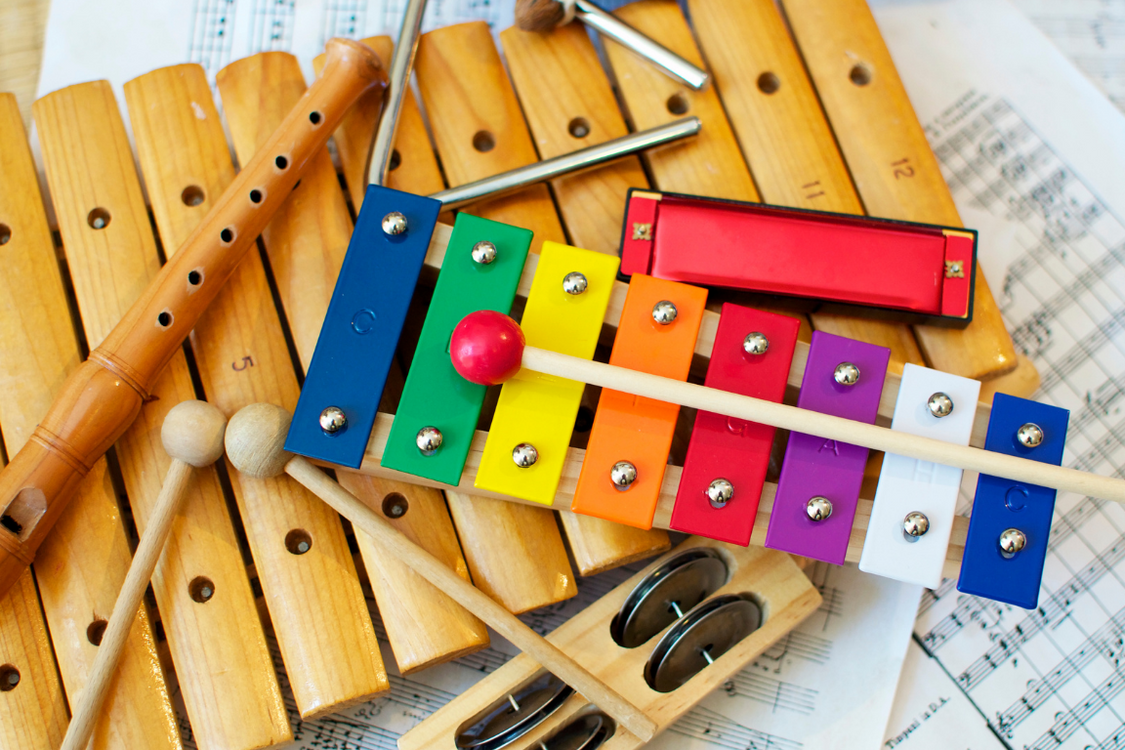Strategies to Help ESL/ELL students in the Music Classroom
Music education is an important part of the educational experience for all learners. Teaching students who are English Language Learners (ELL) can present unique challenges to music educators, especially since training and support on this topic can be scarce – or non-existent. Sometimes, teachers are unaware of strategies to help ESL/ELL students in the music classroom that will influence productive learning for non-English speaking students.
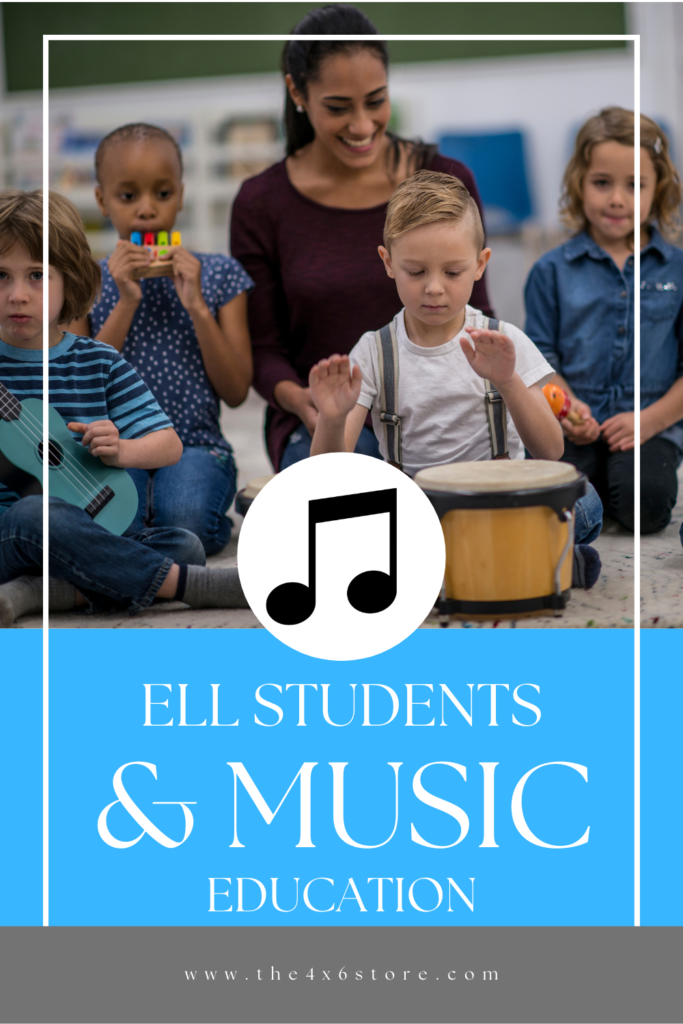
Luckily, music can be a great environment for ELL students to explore language, culture, and self-expression! (In fact, I believe it to be one of the best! The use of music was my go-to strategy for my online ESL students!) To help support learning, music teachers should be knowledgeable about the various strategies and accommodations that can help ensure a positive learning environment for non-native English speakers.
The following are some universal strategies that can be applied to the music classroom to promote student success:
Visual Aids
Visual aids, like pictures and videos, can be a helpful tool to help ESL/ELL students understand and more fully participate in music instruction. Follow along videos with visual instructions are a great tool for practicing concepts with minimal instructions. The use of visual aids, especially accompanied by text labels, can help build vocabulary as well. Using real-life examples and pictures can help make new vocabulary more meaningful and relatable. Iconic Notation can also be a helpful tool.
Simplified Language
The use of simplified language helps student understanding. Using clear and concise language for directions or instruction is best. The use of idioms and cultural references that are unfamiliar to ESL/ELL learners can be a barrier for learning and understanding. Gestures and body movement (along with visual aid support) can also help to convey meaning for students experiencing a language barrier.
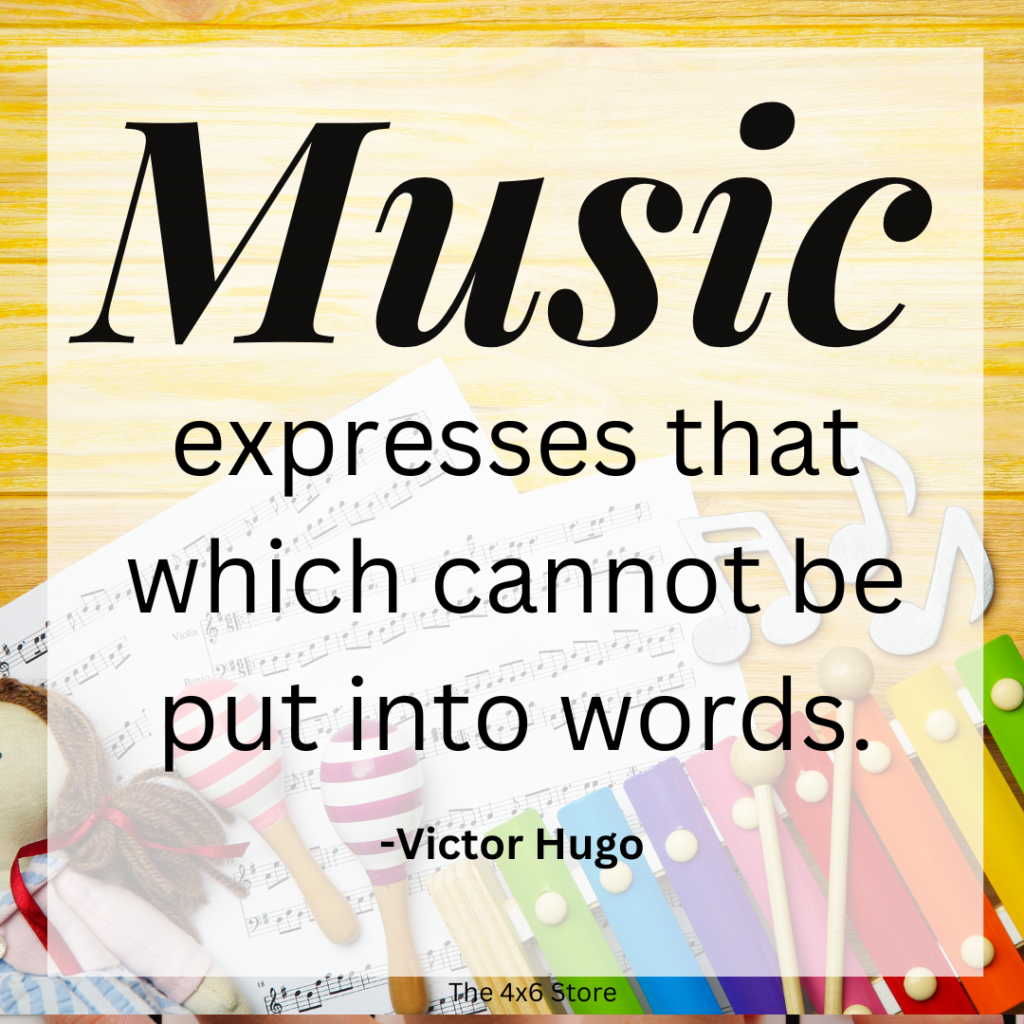
Hands On Activities
Music is a very active subject, and as any musician would know, does not always require language to be felt and understood. Using objects, games, movement, and instruments can assist any learner with learning, but is particularly helpful for ELL students. Having the opportunity to just explore sound – particularly with their voices – can help build confidence in their ability to participate in music class. Becoming familiar with various sounds within English words with vocal expression activities is especially helpful for students. Some letter combinations and sounds in English are brand new to an English learner and music class is a low-stress environment to practice these new sounds. (For example, the “th” sound is not found in the Chinese language. I would often have to spend time modeling and teaching /th/ to my Chinese students.)
Pair Work
Pairing ELL students with fluent or native English speakers can foster an environment for collaboration and support. Being taught by their peers may help ESL/ELL students feel more confident and comfortable in the classroom. Working with peers also creates a positive and inclusive classroom culture where ELL students feel valued and supported. ELL students who feel supported by their peers are more likely to take risks, try new things, and make mistakes without fear of negative consequences or embarrassment. Peer interactions also provide more opportunities to practice English skills compared to a more direct instruction teaching approach.
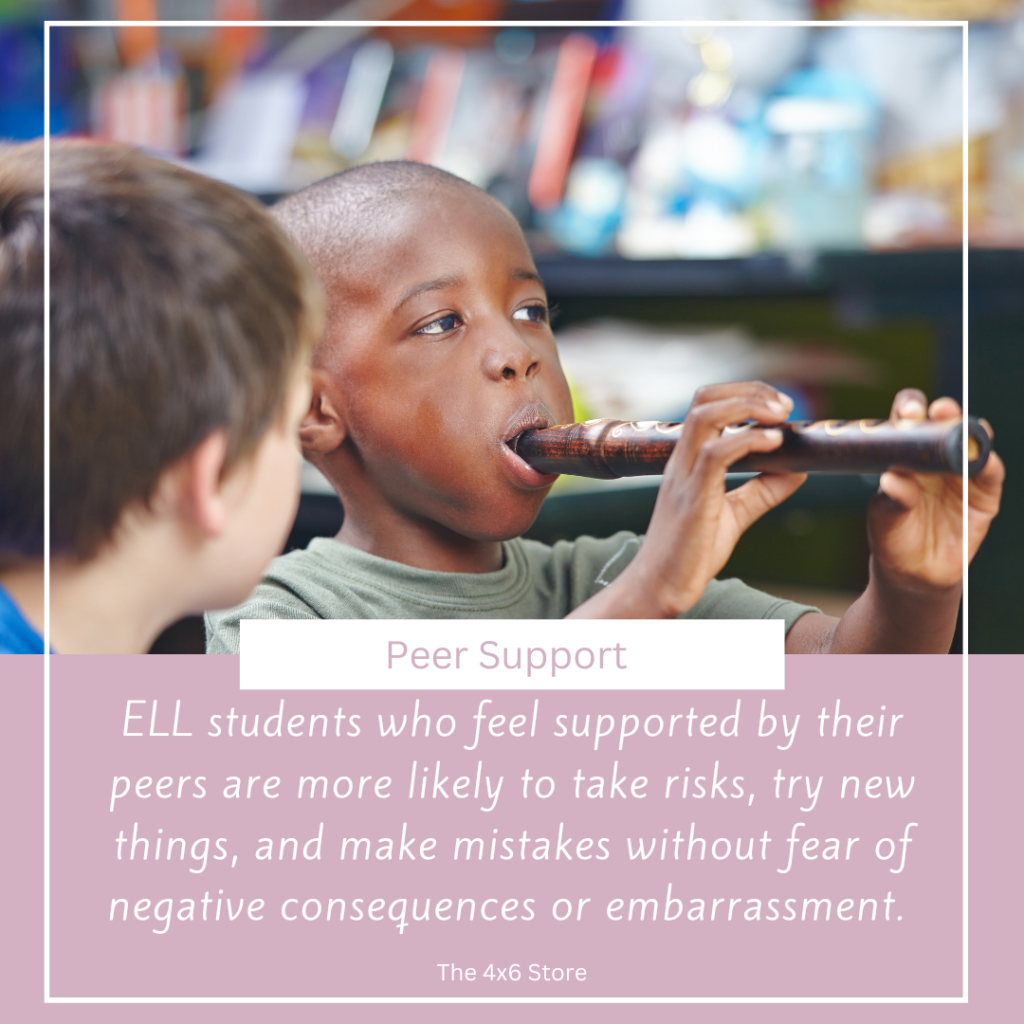
Adapted Materials
While music appears in every culture, the way it is notated is not universal. The use of the grand staff is not used in all cultures and languages. Some cultures use symbols or characters to represent notes. Music teachers may need to be patient with students, particularly secondary students, learning a new notation system. Where possible, using alternative notation to understand musical concepts may be needed. Then, once the foundations are laid, a new notation system may be taught.
Understanding the Silent Period
It is also helpful for music teachers to know that English language learners may go through a “silent period” in music class. This silent period will typically span across many academic and social areas in the beginning of their language development process.
The silent period refers to a time when students are learning a new language, but are not yet confident enough to actively speak or participate. During this time, these students may prefer to observe and listen, rather than to participate in musical activities.
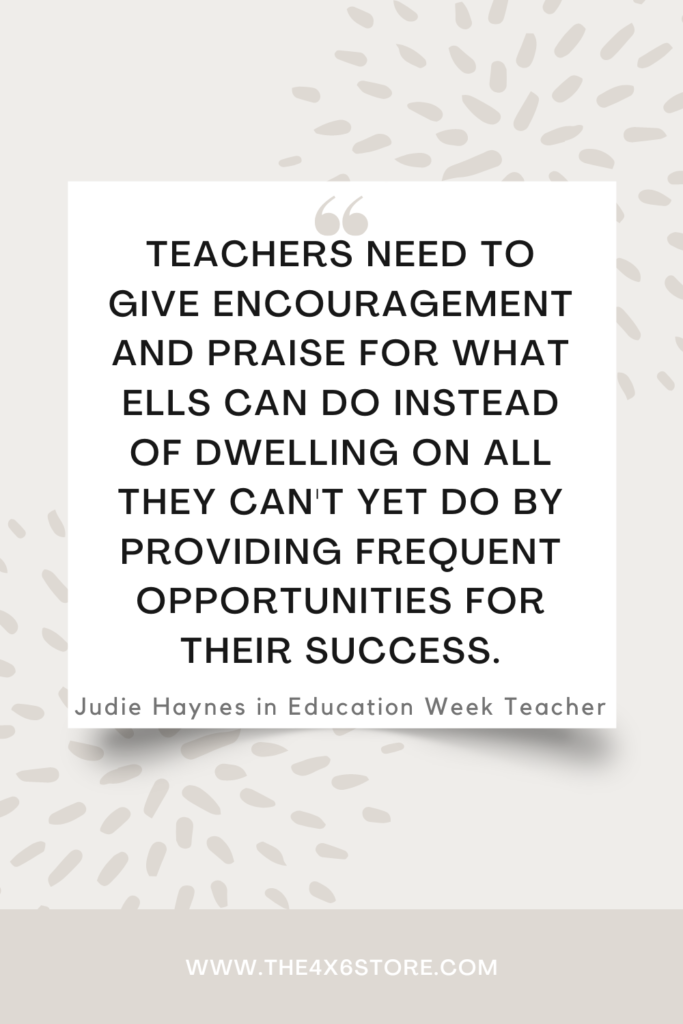
In the music classroom, this can manifest as ELL children being hesitant to sing or play an instrument, or to respond to musical prompts and instructions. However, with time and support, they can overcome this silent period and become more confident and active participants in musical activities.
It’s important to be patient and understanding during this time. Their silence is not behavior related. It is 100% NORMAL! Consider providing ELL students in the music classroom with opportunities to participate at their own pace. Teachers can also use the above strategies (visual aids, gestures, and non-verbal cues) to help support students during this time. Smile and continue to encourage their participation and engagement in musical activities.
Final Thoughts
Before my time teaching English online, the whole area of ESL/ELL overwhelmed me. The communication barrier was a big source of anxiety for me and I wasn’t sure how to handle these students. Working with children learning English taught me quite a bit about the language acquisition process and the supports that can be helpful when teaching ELL students. I hope that these strategies help you feel more confident with your ELL students in the music classroom. They are amazing students with amazing potential!
